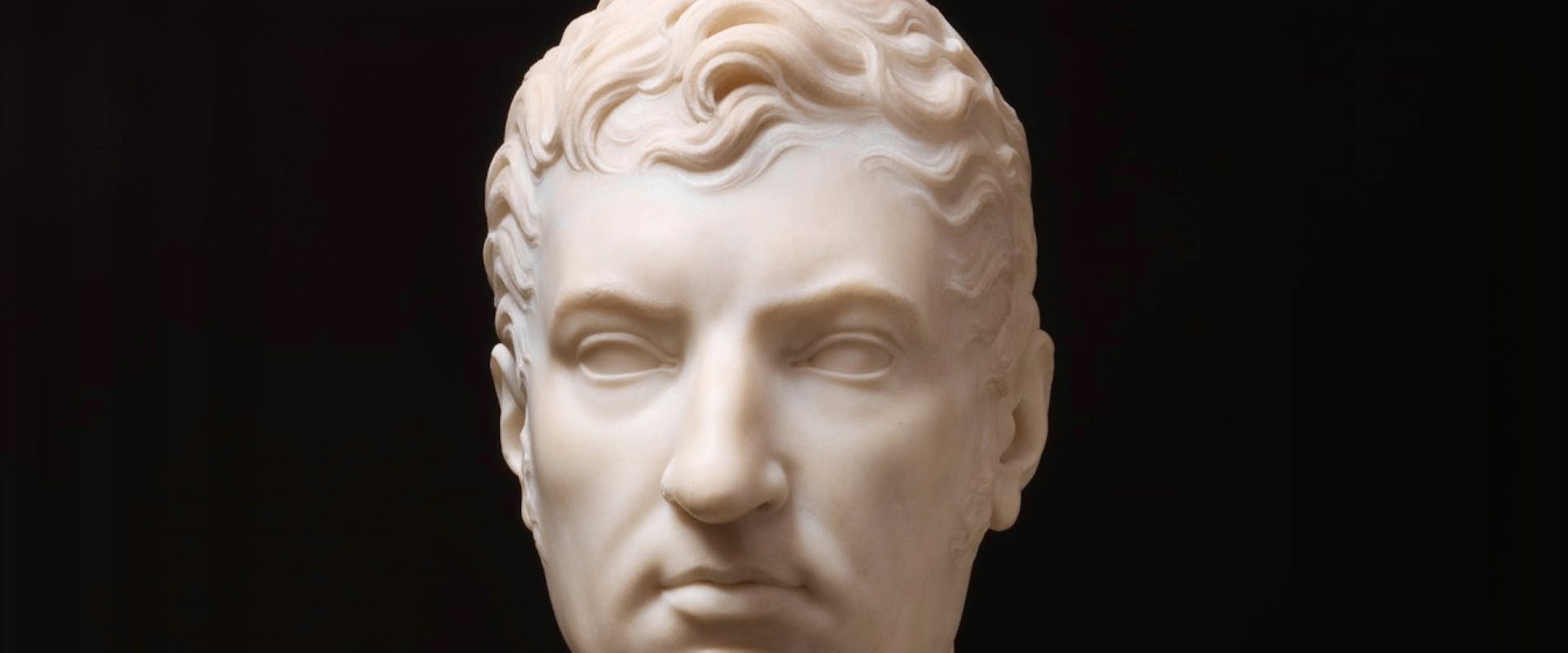Two important acquisitions for the 19th-century collection of the Modern Art Gallery of Palazzo Pitti
A painting by François-Xavier Fabre and a bust by Emilio Santarelli purchased by the Uffizi Galleries
Two important acquisitions for the nineteenth-century collection of the Gallery of Modern Art in Pitti Palace: the Portrait of Intendant Delanoy by François-Xavier Fabre and the marble bust of Fabre himself sculpted by Emilio Santarelli. In the early 1790s, the Grand Duchy of Tuscany offered a peaceful refuge for those fleeing France at the height of the revolution. Among them was the neoclassical painter François-Xavier Fabre who arrived in Florence in 1793 after a period in Rome as the winner of the famous Prix de Rome. He remained in Tuscany until the 1820s, friend of the artists and intellectuals that animated the enlightened Grand Duchy, such as Alfieri and the Countess of Albany, becoming a Florentine by adoption. In Florence he painted this portrait, signed and dated 1809, in the very early days of the reign of Napoleon's sister, Élisa Baciocchi, who ruled the Grand Duchy until 1813.
Maybe the young man in uniform is the Intendant Delanoy, while the setting is unquestionable: the character is depicted standing on a terrace of the Boboli hill, with a view of the city centre and the dome of the Duomo, Giotto's bell tower and Orsanmichele. His botanical interests are emphasised by the book he holds in his left hand, a volume by the Swedish naturalist Carl Nilsson Linnaeus, known as Linnaeus, while with his right hand he points to a flower vase. The high pictorial quality of the portrait allows to count it among the best painted by Xavier Fabre, whose portraits of the famous romantic couple, Vittorio Alfieri and Luisa Stolberg, Countess of Albany (1793), are already in the Uffizi's collections.
Emilio Santarelli, the author of the marble bust of François-Xavier Fabre, portrayed with extraordinary neo-Renaissance elegance, was the son of the sculptor and ceramist Giovanni Antonio Santarelli, but was appointed universal heir by Fabre himself. Because of the central role that François-Xavier Fabre played in the cultural milieu of Florence in the early 1820s, these two acquisitions are a very important enrichment for the collections of the Gallery of Modern Art of Pitti Palace.
